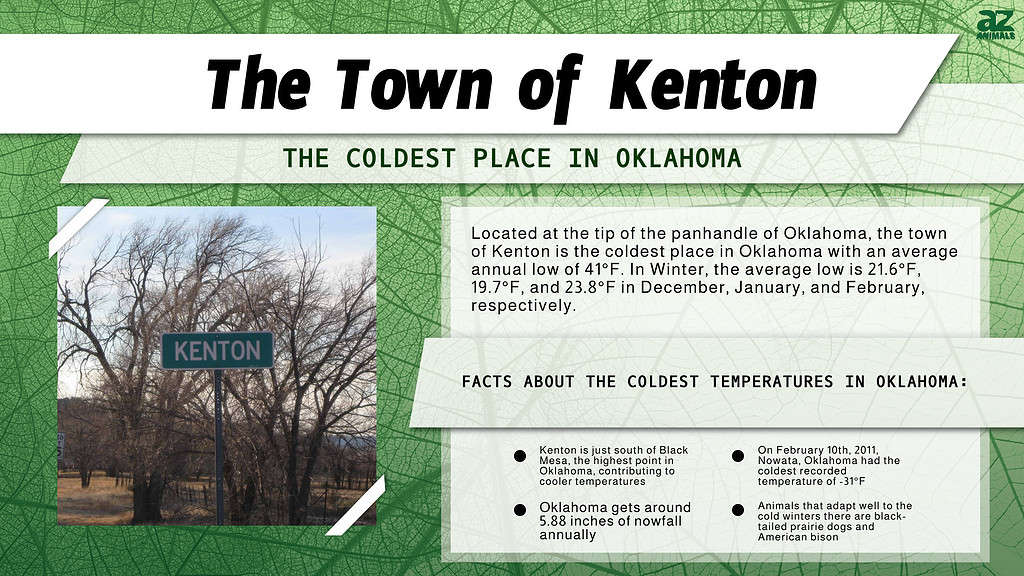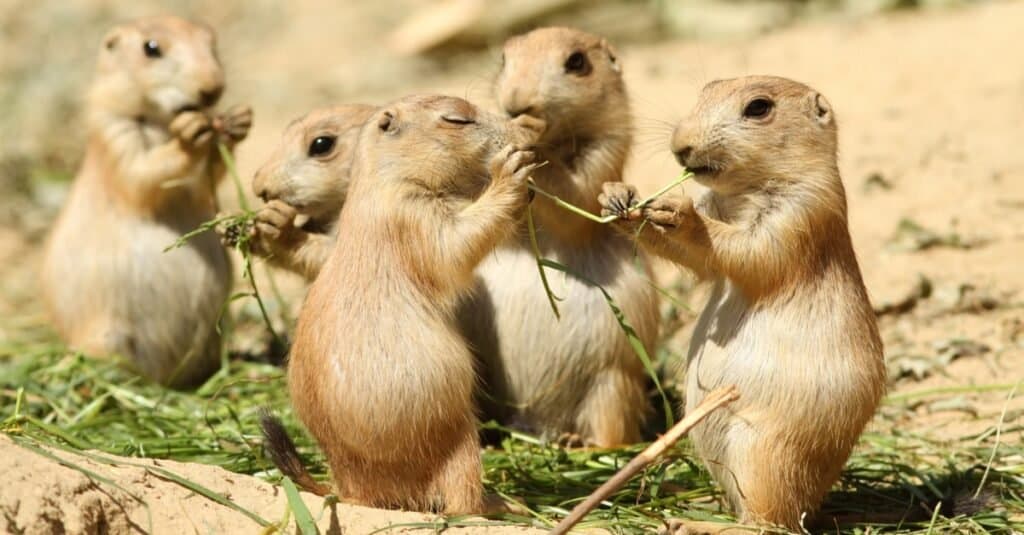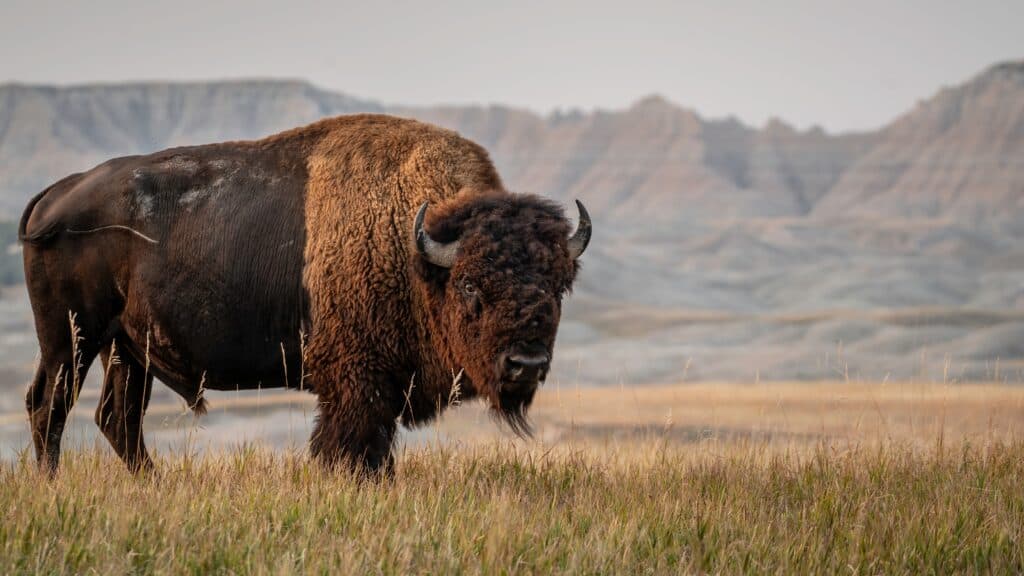Surprisingly, Oklahoma is considered a southern state (despite residents who argue it’s a midwestern one). Despite its location on a map, this state can get much colder than expected. Today, we are going to take a look at Oklahoma and see just how cold the weather can get. Let’s discover the coldest place in Oklahoma, plus a few other interesting facts about this chilly state!

The Coldest Place in Oklahoma
Finding the “coldest” place in a state can be hard, mostly because it depends on how you measure it. We researched the town with the lowest yearly average temperature to come up with our pick.
Kenton is a small settlement located in the panhandle of Oklahoma, at the very tip of the state. With a population of just 31 people according to the 2020 census, it is a quiet and peaceful place. Despite its small size, Kenton has the distinction of being the coldest city in Oklahoma, with an average annual low of 41°F. In Winter, the average low is 21.6°F, 19.7°F, and 23.8°F in December, January, and February, respectively.

Kenton has the distinction of being the coldest city in Oklahoma, with an average annual low of 41 degrees.
©iStock.com/LaVonna Moore
Located in the Cimarron River Valley, Kenton is just south of Black Mesa, the highest point in Oklahoma. Its altitude keeps it cooler than other areas of the state. Despite its freezing winters, Kenton isn’t cold throughout the other seasons, with summers averaging in the high 80s or low 90s. The frigid winter months bring the overall average down. These temperatures drop to an average low of 21.6, 19.7, and 23.8 degrees Fahrenheit in December, January, and February, respectively.
The Coldest Temperature Ever Recorded in Oklahoma

©Stugarrett / CC BY-SA 4.0 – License
On February 10th, 2011, Nowata, Oklahoma, broke the all-time low-temperature record for the state, falling to an incredible -31 degrees. This was a significant event, as Oklahoma is not known for its extremely cold temperatures. The second coldest recorded temperature, which occurred in the Pryor and Bartlesville area, measured -28 degrees. Blackwell and Medford also experienced extremely low temperatures.
Nowata is a city with a population of 3,731, according to the 2010 United States Census. It serves as the county seat for the region and has a rich history dating back to its establishment in the Cherokee Nation in Indian Territory.
How Much Snow Does Oklahoma Get?
Oklahoma isn’t really known for its high levels of snowfall. Annually, the state gets around 5.88 inches, making it one of the least snowy states in the entire United States. As a southern state with relatively little elevation change, it makes sense that the average snowfall isn’t high. Don’t plan any skiing trips to Oklahoma!
Cold-hardy Animals in Oklahoma

Prairie dogs are chiefly herbivorous, though they eat some insects. Succulent parts of herbs and grasses, leaves, and new shrub growth are eaten in the spring.
©iStock.com/HenkBentlage
These low temperatures are a rare occurrence in Oklahoma, which is generally known for its mild to warm climate. The state is home to a diverse range of plants and animals that are adapted to the varying climate.
Animals

©Tim Malek/Shutterstock.com
The American bison is a large mammal that is well-adapted to cold weather. In fact, it can withstand temperatures as low as -40 degrees Fahrenheit. In the winter, bison grow a thick coat of fur, which insulates their bodies and helps them retain heat. They also huddle together in large groups, sharing body heat with one another. In addition, bison have a high metabolism, which allows them to generate warmth by digesting their food.
Another Oklahoma animal, the black-tailed prairie dog, is a small rodent native to the grasslands and prairies. These little mammals are also adapted to cold weather. To stay warm in the winter, prairie dogs huddle together in their burrows, which helps to conserve heat. They also have a thick layer of fat under their skin, which acts as insulation and keeps them warm. In addition, prairie dogs are active during the day, and bask in the sun to help warm their bodies. Although many species of prairie dogs hibernate, the black-tailed prairie dogs do not.
Plants
Indian grass is a native plant found in grasslands and prairies throughout Oklahoma. In the winter, Indian grass goes dormant, meaning it stops growing and conserves energy. The grass also has a thick stem and deep roots, which allow it to withstand strong winds and heavy snowfall. When spring arrives and temperatures begin to warm, Indian grass starts to grow again, providing food for grazing bison.
The photo featured at the top of this post is © ROMAN KALISHCHUK/Shutterstock.com
Thank you for reading! Have some feedback for us? Contact the AZ Animals editorial team.







